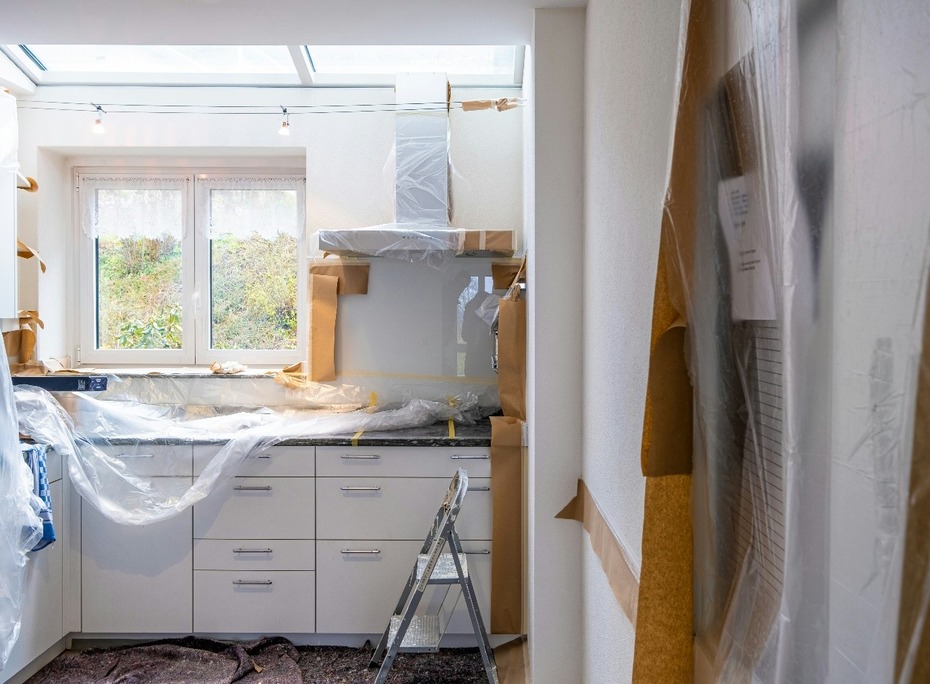Maintaining a home that is both safe and welcoming is a top priority for homeowners. Among the myriad concerns that can compromise the safety of a living environment. The presence of asbestos is particularly insidious due to its once-widespread use and the challenges involved in its identification and removal. Asbestos — a group of naturally occurring fibrous minerals — was commonly used in building materials for its fire resistance and durability until its health risks became widely recognized. Today, ensuring your home Asbestos free is extremely important for safeguarding the well-being of its occupants. This guide outlines practical steps for proactively managing and minimizing the risk of asbestos in your home. Fostering a safer living space for you and your family.
Know Your Home’s History
Understanding the construction era of your home is the first step in assessing the potential for asbestos presence. Homes built or renovated before the 1980s are more likely to contain asbestos in various building materials. Familiarizing yourself with the age and history of your property can help you determine the likelihood of asbestos use and inform the need for further investigation.
Educate Your Family
Make sure to inform your family about the risks associated with asbestos and the areas in your home where asbestos might be present. Knowledge empowers each family member to avoid activities that could disturb asbestos-containing materials. Simple educational conversations about the importance of not touching or tampering with old insulation, tiles, or other suspect materials can prevent accidental exposure.
In instances where asbestos exposure has occurred, especially due to negligence, it’s essential to understand your legal rights. Firms specializing in asbestos litigation, like Sokolove Law, can provide invaluable guidance and representation. Whether dealing with health issues related to past asbestos exposure or facing recent exposure due to improper handling during renovations, a knowledgeable attorney can advise you on compensation and how to proceed with claims.
Regular Inspections by Professionals
Regular inspections conducted by certified professionals are crucial for accurately identifying the presence of asbestos in residential or commercial properties. These experts specialize in asbestos detection and removal, possessing the necessary tools and expertise to safely carry out thorough assessments. By enlisting their services, property owners can ensure that any potential asbestos hazards are promptly identified and addressed, thus mitigating the risks associated with exposure. This approach not only safeguards the health and safety of occupants but also provides reassurance and clarity regarding the necessary steps for asbestos free management and abatement.
Identify Common Asbestos-Containing Materials
Identifying typical asbestos-containing materials is important as asbestos was frequently integrated into various construction components such as insulation, floor tiles, roofing shingles, and pipe wrapping. Familiarizing oneself with these materials enables homeowners to identify potential areas of asbestos concern within their properties. While visual inspection alone may not definitively confirm asbestos presence. Being aware of the common sources of asbestos aids in risk management. This knowledge empowers property owners to take appropriate steps to address potential hazards and prioritize the safety of occupants.
Avoid Disturbing Suspected Asbestos
If materials containing asbestos are in good condition and undisturbed, they may not pose an immediate risk. The danger arises when these materials are damaged or disturbed, releasing its fibers into the air. Homeowners should avoid any DIY projects that involve drilling, cutting, or otherwise disturbing materials suspected of containing asbestos. Instead, professional consultation is recommended to determine the best course of action for asbestos free environment.
Proper Ventilation Systems
Ensuring adequate ventilation within residential or commercial spaces is paramount for minimizing the concentration of airborne pollutants, including asbestos fibers that could emanate from deteriorating materials. Implementing effective ventilation systems and adhering to a schedule of routine air filter replacement are key measures in mitigating the potential health hazards associated with asbestos exposure. By optimizing airflow and filtration, property owners can enhance indoor air quality and create a safer environment for occupants. This proactive approach to ventilation management plays a vital role in safeguarding against the adverse effects of asbestos contamination, promoting overall well-being and peace of mind.
Safe Renovation Practices
Before starting any home renovation projects, especially in older homes, it’s vital to have the area checked for asbestos by a certified professional. If asbestos is found, only licensed removal experts should handle its safe extraction and disposal. Homeowners should avoid DIY projects that might disturb asbestos materials, opting instead for professional contractors familiar with safe renovation practices. This approach ensures that renovations do not compromise the health of the household.
Use of Asbestos Testing Kits
For preliminary assessments, homeowners might consider using asbestos testing kits. However, it’s important to proceed with caution. As these kits require you to collect samples, which could potentially release asbestos fibers. Always follow the kit instructions meticulously or, better yet, hire a professional to take samples safely. A testing kit can indicate the presence of asbestos, but a professional assessment is necessary for confirmation and to decide on the next steps.
Handling Asbestos-Related Waste
Disposing of asbestos-related waste must be done with care to prevent environmental contamination and exposure. Asbestos waste should be wetted, sealed in heavy-duty plastic bags, and clearly labeled before being disposed of at designated facilities equipped to handle hazardous materials. Adhering to local regulations for its proper disposal is not only a matter of public health but also a legal requirement.
Conclusion
Keeping your home asbestos free involves more than just identifying and removing the material. It requires educating your family, implementing safe renovation and disposal practices, and understanding your legal rights. Taking proactive measures and seeking professional advice are key components of an effective strategy to mitigate the risks of asbestos exposure. For those dealing with concerns or navigating asbestos-related issues. Seeking guidance from experts can provide a pathway to resolution and peace of mind. Ultimately, prioritizing the health and safety of your home underscores the importance of informed action and diligence when it comes to asbestos risks.

